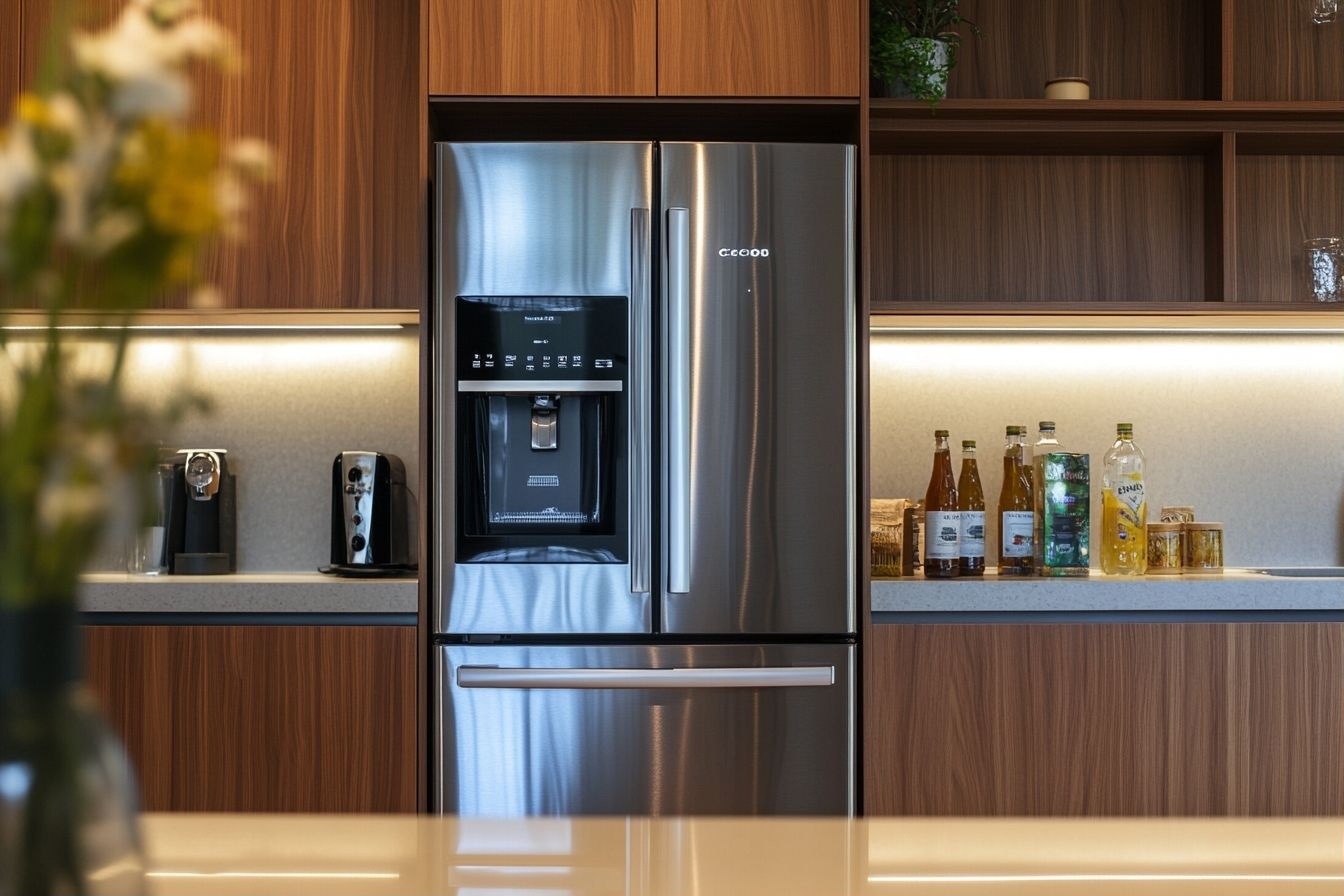Small-kitchen organization: multi-purpose shelving techniques
Small kitchens benefit from shelving that does more than hold dishes. Thoughtful multi-purpose racks can combine storage, appliance placement, plant display and utility in compact footprints, helping kitchens feel organized and adaptable. This article outlines practical shelving strategies that consider materials, layout, and integration with broader home systems.

How can storage improve small space kitchens?
Efficient storage is central to organizing a small kitchen. Multi-purpose shelving transforms vertical real estate into functional zones: open shelves for everyday dishes, enclosed compartments for less-used items, and pull-out racks for pots and pans. Combining hanging hooks under shelves and magnetic strips on the sides keeps utensils and knives accessible without using drawer space. Positioning storage near the main work triangle reduces steps between sink, stove, and fridge—important in a small space where every inch of floor area counts. Consider shelving that integrates shallow drawers or baskets to keep loose items corralled and to maintain an uncluttered look.
What appliances and smart home options fit shelving designs?
Shelving can accommodate compact appliances and support smart home integrations. Design shelves with specific appliance slots for items like a toaster oven, compact coffee maker, or under-shelf microwave. Incorporate ventilation gaps and cable routing channels so electronics sit safely and cords remain hidden. For smart home setups, plan a shelf or recessed niche for hubs, chargers, and voice-assistant devices to centralize connectivity without cluttering counters. Shelves with adjustable heights let you swap appliances as needs change, while built-in power strips or concealed outlets turn storage into an active appliance station.
How does material choice affect durability and style?
Material selection impacts durability, maintenance, and visual warmth. Wood shelving adds texture and pairs well with wood cabinetry or open-plan architecture, but choose sealed hardwoods or plywood for moisture resistance near sinks. Steel frame systems offer strength for heavy cookware and a modern house aesthetic; powder-coated steel resists rust and fits steel frame construction themes. For eco-friendly house projects, reclaimed wood or bamboo can provide sustainable storage options. Combine materials—wood shelves with steel supports—to balance warmth, strength, and longevity while matching broader home improvement choices.
Can shelving support eco-friendly and modern house concepts?
Multi-purpose shelving can align with eco-friendly house and modern house principles. Repurposed or modular shelving reduces waste and adapts to evolving needs, fitting container house or mobile house lifestyles where flexibility is crucial. Choose finishes with low-VOC coatings to protect indoor air quality and minimize off-gassing. Shelving that doubles as a plant stand brings herbs indoors, improving air quality and providing cooking-ready ingredients. Modular units that disassemble easily suit mobile living and simplify moves, while efficient storage reduces the need for excess furnishings, a sustainable approach consistent with contemporary architecture thinking.
How to adapt shelving for mobile, container, or small homes?
In a container house, mobile house, or tiny home, shelving must be lightweight, secure, and space-conscious. Use anchored shelving with lip edges to prevent items from sliding during movement. Fold-down shelves or hinged racks can convert wall space into temporary counter areas for meal prep. Custom-fit shelving in alcoves or above appliances maximizes otherwise unused vertical space. Consider moisture and temperature variations in non-traditional homes: sealed materials and corrosion-resistant fasteners help when humidity or outdoor-adjacent locations like backyard kitchens are involved. Prioritize modular shelving that can be reconfigured as living patterns evolve.
Can shelving connect indoor kitchens with outdoor living and landscape elements?
Shelving strategies can blur the line between indoor kitchen organization and outdoor living. In homes with backyard kitchens, resort-style outdoor living areas, or near a swimming pool, durable outdoor-grade shelves made from treated wood or powder-coated steel can store grilling tools, dishware, and planters. Integrate planters or shallow soil trays on upper shelves to grow herbs that benefit cooking and enhance air quality. Shelving near utility areas should consider water exposure—choose materials and placement that resist splashes and provide quick drainage. Even in compact urban homes, a small shelf with soil-filled pots on a balcony brings outdoor living flavors to a small kitchen.
Conclusion
Multi-purpose shelving is a practical way to expand functionality in small kitchens without sacrificing style. By matching materials to your home’s architecture, planning for appliances and smart home elements, and tailoring designs to mobile or outdoor contexts, shelving can become an adaptable backbone of kitchen organization. Thoughtful placement and material choices also support air quality, sustainability, and seamless integration with broader home improvement goals.






